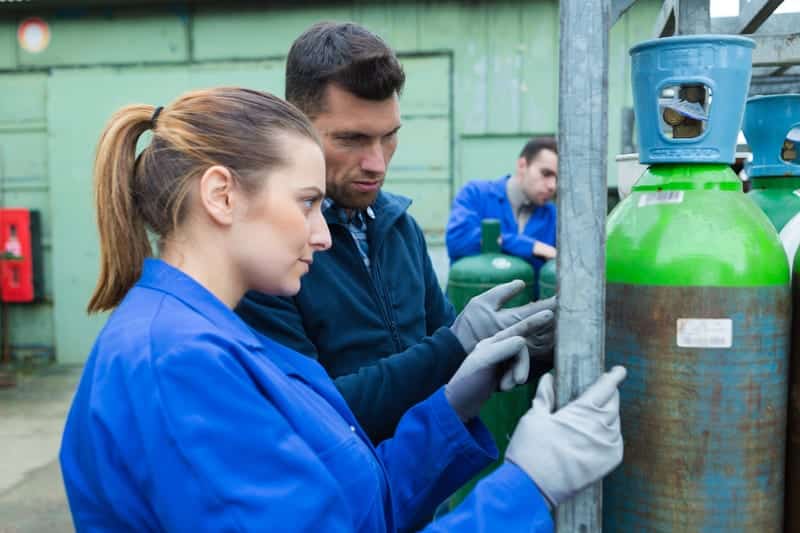“This post contains affiliate links, and I will be compensated if you make a purchase after clicking on my links.”
Current inflation does not spare shielding gases. So if the cost for welding materials becomes a topic in your welding shop, I compiled an overview about options you can explore to save shielding gas.
Checklist for Shielding Gas savings:
- Correct flow rate settings for the project?
- Stick of the electrode correct?
- Leakage check: Flow rate and flow meter check within tolerance?
- Possibility to reduce draft?
- Change of welding process possible to gasless technique?
The following article will dive into a couple more details on this checklist and options.
Why is Shielding Gas Important?
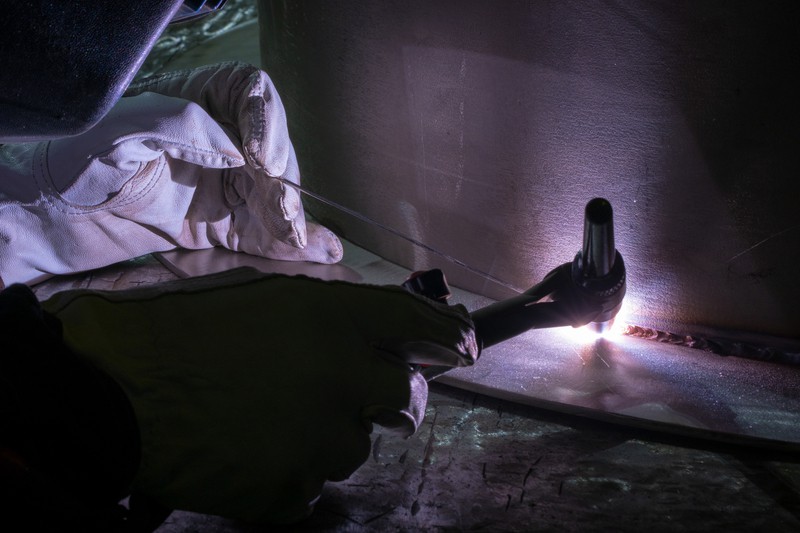
Shielding gas, as the name suggests, shields a weld from the atmosphere around it. To be more precise, when you weld two metals, a bond is created by fusing molten metal. However, when this molten metal comes into contact with air, it can introduce impurities into the weld pool. That is where shielding gas helps. Shielding gas creates a protective shield over the weld pool, allowing it time to solidify.
Welding with shielding gas is performed using a nozzle to direct the shielding gas towards the weld pool and concentrate the gas at that specific point. The primary advantage of this process is that it ensures that the surrounding air cannot get into the weld pool. In addition, the process also helps reduce wastage. Argon is one shielding gas commonly used for MIG and TIG welding.
While argon shielding gas plays an essential role in producing strong and clean welds, excessive use of the gas can affect the weld quality and make the welding process expensive. However, using best practices, it is possible to conserve argon shielding gas, saving you money and producing a better weld.
Metals that Use Argon Shielding Gas
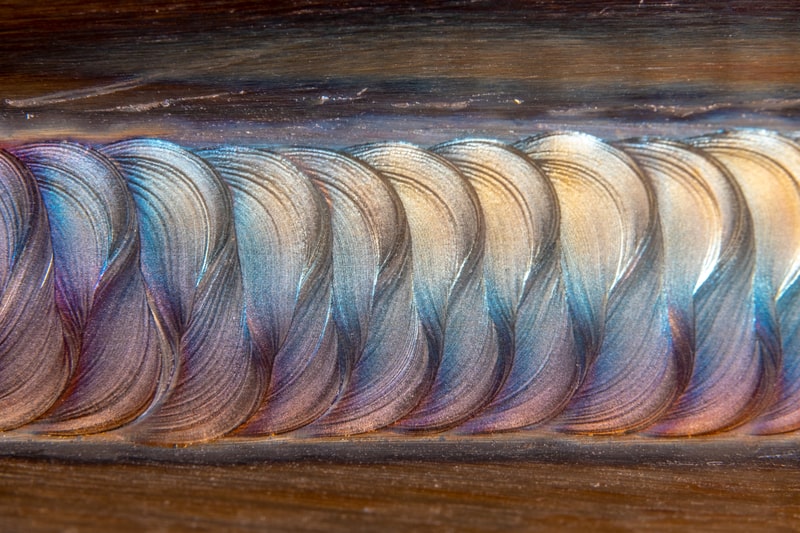
Due to the differences in the natures of metals, pairing the right shielding gas with a particular metal is critical to achieving the best quality welds. Argon shielding gas is best suited to the following base metals.
Aluminum
For the best weld results on aluminum, always use 100% argon shielding gas. Do not use oxygen, as it will make the weld area hotter and create aluminum oxide, which doesn’t make strong bonds. For faster welds, an argon/helium mix works well and produces deeper penetration.
Stainless Steel
For stainless steel, use an argon shielding gas with 2-5% CO2. If you want to reduce the carbon content of the weld, replace the CO2 with 1-2% oxygen.
Titanium
Titanium also requires the use of 100% argon shielding gas. In the case of titanium, the purity of the argon gas is also important. For the best results, the shielding gas must be at least 99.995% pure.
Factors Responsible for Shielding Gas Wastage
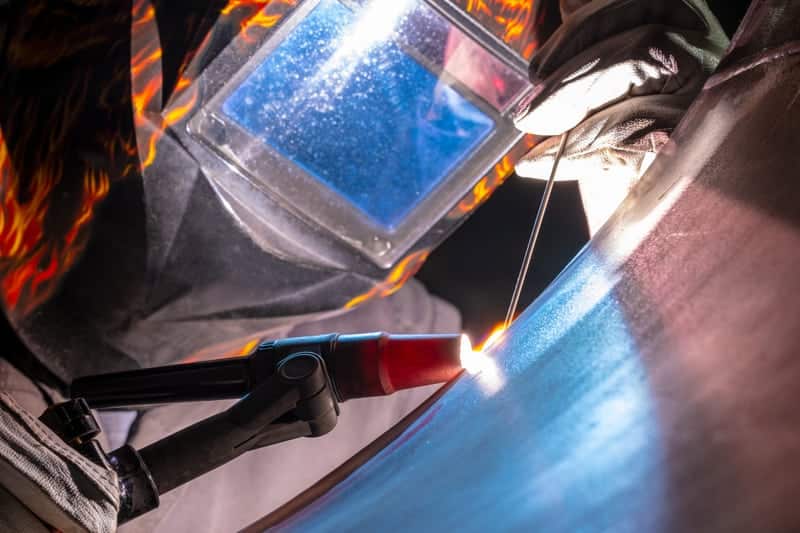
Several reasons contribute to shielding gas wastage. Some of the major factors include:
Gas Surges
Gas surges occur at the start of a welding process when more volume of gas than required is released from the nozzle. This occurs at the same time the welder presses the trigger. In addition to wasting gas, this initial outburst also creates more turbulence at the weld area, causing atmospheric air to get pulled into the weld surface due to the initial pressure difference. Once you continue with the weld, the gas will be regulated to the set level.
There are now gas saver systems available that can regulate the initial gas content. The best way to tackle this problem is to use a reliable gas saver system.
Leaks
The shielding gas is stored under pressure. Therefore, any leak in the system will cause the shielding gas to rush out to the atmosphere. If there is a hole or crack in the hose system, the flow pressure can cause the atmospheric air to mix with the shielding gas.
If you want to check whether there is a leak in the system, you can use a flowmeter by measuring the rate of gas exiting the torch and comparing it with the gas entering the wire feeder.
Gas Flow Settings
Another major reason that argon gas may be wasted is incorrect gas flow settings. There is a misconception that the more argon shielding gas you use, the better your weld is going to be. This is just not the case. Using more shielding gas than needed will result in a lower quality weld.
You can get around this problem by using a lockable flow valve to ensure that the system will not put out more shielding gas than required.
How to Optimize and Save Argon Shielding Gas
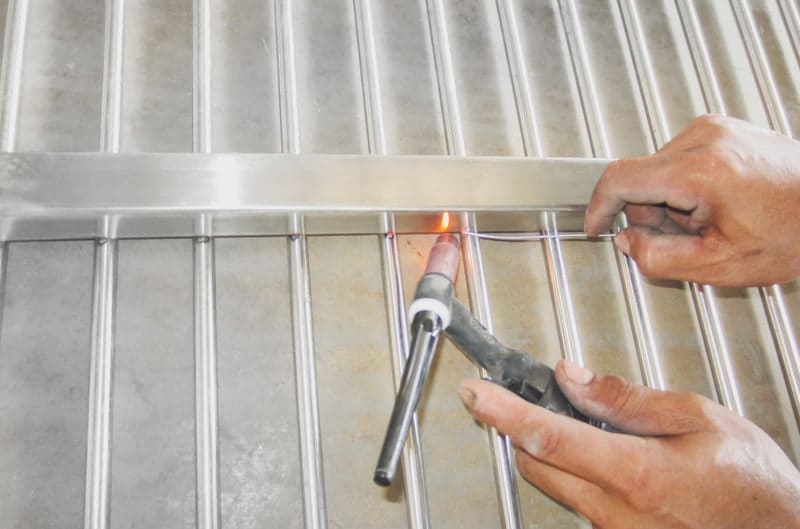
While shielding gas is essential for proper coverage of the weld pool, you can follow some of the below-mentioned best practices to conserve the gas and save money.
Monitor Flow Rate
The gas flow rate depends on several factors. For example, when the wire feed speed is high, the size of the weld profile also increases. As a result, the travel speed will be higher, which will increase the gas flow rate to ensure adequate coverage. The gas flow rate is also influenced by changes in the welding parameters. Welding with a high current will require a higher volume of shielding gas. When the gas volume increases, the flow will be turbulent, causing an inferior quality weld and internal weld porosity.
Use Gas Preflow
Before striking the arc, consider running the shielding gas for a couple of seconds to ensure optimum coverage. Gas preflow is especially useful when welding grooves or indents that require a longer wire stick-out. Filling these joints with preflow will allow you to limit the use of gas later for coverage, helping prevent unnecessary gas wastage.
Inspect Gas Regulators Frequently
Faulty regulators and connectors are often a reason for gas leakage and are also a safety concern. Inspect these devices regularly to ensure that they are functioning properly. Consider using electronic regulators that ensure precise regulation of the gas flow depending on the welding current drawn.
Regularly Maintain the Gas System to Prevent Leaks
If you’re using a bulk gas system, consider inspecting every connection point to identify any possible sources of leakage. As a part of routine maintenance, tighten all connections to prevent any loss of the shielding gas.
Use Gas Saver Systems
Another way you can save argon gas is by deploying gas saver systems. These systems can help you save a considerable amount of gas by eliminating the gas surge that happens with each trigger pull. While these devices aren’t new, they’re increasingly becoming popular within the welding community as argon prices continue to rise and welders are forced to eliminate waste and hidden costs to remain profitable.
Using a Purge Box
If you are welding a lot of smaller parts, a purge box could be an option for you. Generally, purge boxes increase Argon usage to increase welding quality and appearance. However if you are welding multiple passes in a well sealed purge box, shield gas flow can be significantly reduced.
Welding in Vacuum
As I am often contacted by manufacturing engineers that have access to all kinds of machinery, I put this more exotic option on the list.
Conclusion
From welding power sources and filler materials to welding torches, there are several areas that offer savings potentials. However, one of the areas that most welders neglect is shielding gas consumption. With the prices of common shielding gases like argon rising each year, it makes sense to conserve this gas and improve your weld quality at the same time.
References
A shielding gas guide for GMAW | thefabricator.com
How to Reduce Mig Shielding Gas Usage | trailer-bodybuilders.com
EWR 2: Reduce Shielding Gas Consumption and Save Money Now | ABICOR BINZEL (blog.binzel-abicor.com)
17 Tips for Welding on a Budget | Weldingheadquarters.com

